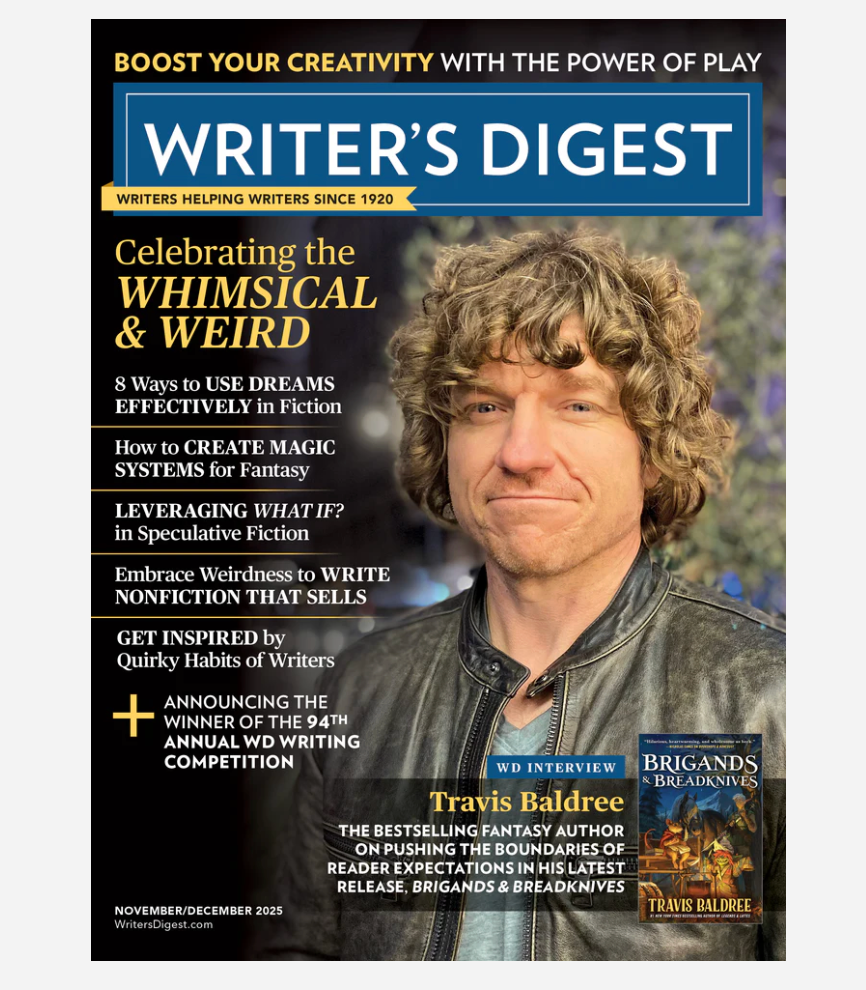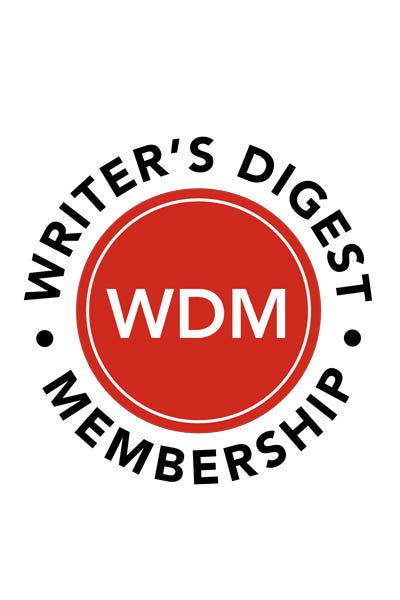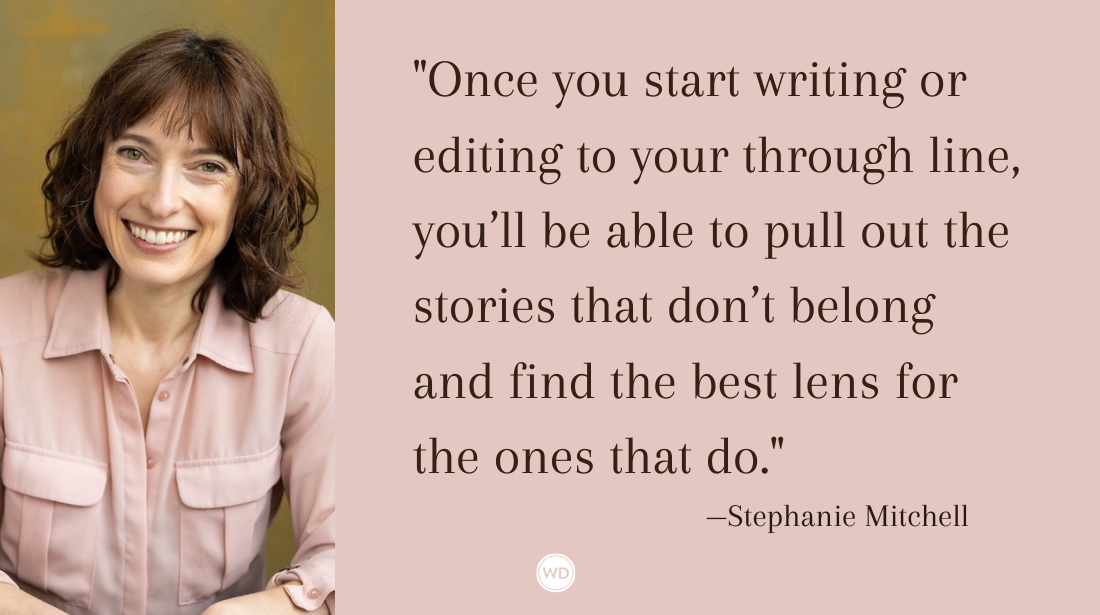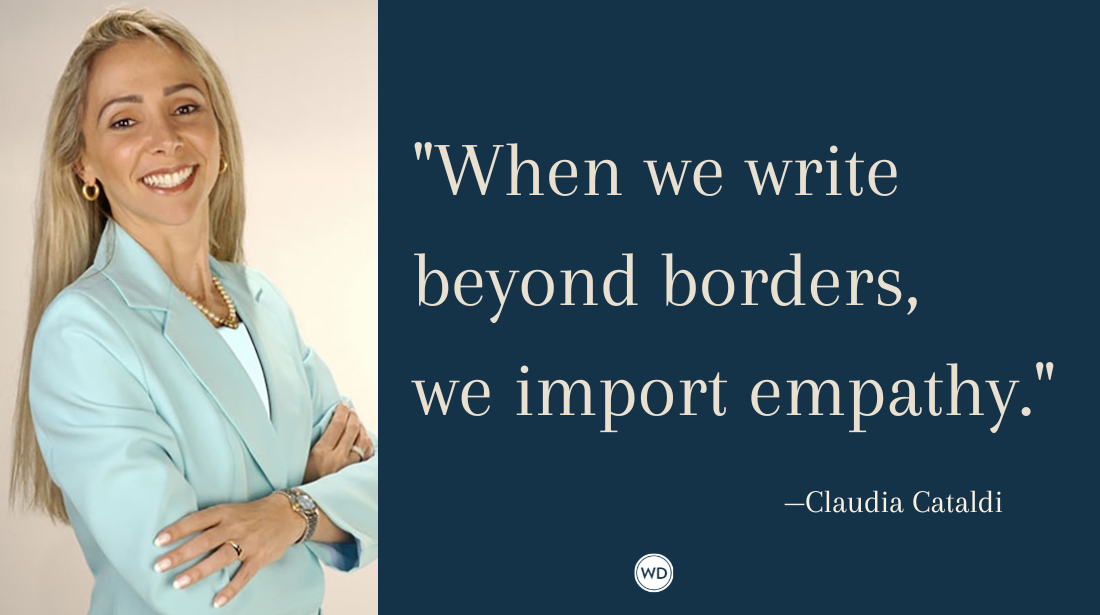Keeping the Light of Family Memory in Memoir
Author Stacy Waldman Bass discusses the process of processing the deaths of both her parents and focusing the events in memoir.
Since photography has been my primary passion and occupation—my life and my art, writing, though still challenging for many writers, posed some additional obstacles for me. And yet, even while just gingerly dipping my toe in the water, I could see that I was going to need to dive in; the possibility of catharsis and healing that might follow was just too great to ignore.
I started to write what would ultimately morph into my book, Lightkeeper: A Memoir Through the Lens of Love and Loss, primarily as a release of emotion on a particularly difficult day. Following the tragic deaths of my father and cousins in a seaplane crash on Block Island in 1995, I tried to use every outlet at my disposal to process, soothe, investigate, and survive the excruciating grief.
Over time, while my private scribbles and journal entries were helpful in decompressing a bit, I found that sharing my pain more broadly had a multiplying effect. Not only did it help to air and validate what I was feeling; it also allowed me to share more about my dad with a community of people who might not otherwise ever know him. It allowed me to create a deeper and more nuanced digital footprint of his life and legacy beyond just the flurry of crash-related journalism that would populate on any Google search.
In time, I learned how sharing about my loss(es) helped others cope with their own. I was able to give shape in words to some of what they were feeling, too; to encourage others to share about their loved ones, and, by way of this exceedingly understanding and homegrown community of grievers, we were able to offer one another powerful, transformative support.
Many years later, in the throes of my mother’s diagnosis of pancreatic cancer, I drew upon the lessons of those earlier writings about my dad. I proposed the idea to my mom that I might create a living tribute, if you will, by sharing each day on Facebook a photograph of her, and a sentence or more about what it depicted or some thoughts that the image evoked. While she was reluctant to be exposing her diagnosis and treatment so publicly, I think she also recognized that I needed some way to contribute as she attempted to beat this deadliest of cancers. Especially knowing that the odds were decidedly not in her favor, this was something I could offer while medicine did what it could.
In the weeks that followed, this daily offering grew and grew and with it, an astoundingly engaged community of support. My mom looked forward to each post with curiosity and determination. She loved answering the many questions in the comments and forging new relationships. Together, the words I shared wove into a long and meandering love letter to my mother, allowing me to articulate things I felt about her and to discover new things I hadn’t even known I felt. It was a gift to us both to have had that ongoing dialogue during her illness and truly life-changing for me to hold that now that she is gone.
It was illuminating for me to discover that while the photographs I shared were wonderful slivers of her lived experience, in the end, the words were what healed me most. Or perhaps it’s more fair to say the combination of the two was the secret sauce: The images served as portals into the memories, inviting me to explore and expound upon what existed just outside the frame. In doing so, I was able to create a permanent connection to my mother, her legacy, our love, and my loss. Keeping the light.
In the years following my mom’s death in early 2019, I leaned into the writing even more. Ultimately, I applied for and enrolled in two writing workshops as a way of stimulating forward motion on what was now becoming a memoir about each of my parents and the complexity of my dual and very different losses. The first workshop was with the mesmerizing memoirist and novelist Dani Shapiro and the second with the warm and wonderful writer, editor, and coach Katie Bannon. I’d highly recommend them both. In addition to the camaraderie and inspiration by osmosis gleaned from spending a significant block of time with an amazing group of writers (and people!) who were also primarily focused on writing memoir, one of my biggest and most valuable takeaways was about process.
I soon recognized that waiting for the exact perfect moment to sit down to write was going to be wholly unproductive. And though I am not a procrastinator, since there was no outside deadline imposed on me to finish the manuscript, and since I had plenty of photography and other work occupying my time, that structure was going to have to be self-created. I recalled that many years before, when I had the opportunity to publish images of the interiors of my own home, it was critical to my process that I schedule the photoshoot just as I would for any other client. Pick the day, hire the assistant, arrange for any required styling, select a rain date, etc. In doing so, I was able to approach the project with a fully professional mindset—where I would be less inclined to postpone or just “opt-out” for no real reason.
And so, applying that same strategy—consistent with those encouraged in the workshops—I started to schedule my writing time. In writing. In my calendar. I gave myself a few weeks to begin the commitment so that I could prepare myself mentally and then, on the appointed day and time, I started. Knowing that the schedule was set grounded me in the process in every way. I committed to writing for an hour a day (weekends off) even if I wasn’t feeling particularly inspired. I turned off all digital notifications and distractions, set a timer, made sure to have some water nearby, and just started to type.
I admit some days were a slog. On others, the time evaporated so quickly I was stunned. Soon, I learned that keeping a running list of topics or jumping off points was a great way to begin. I’d just pick something from the list and see where it could take me. I did this every day for 30 days and then again for several other 30-day stretches until, at last, it started to feel like whatever this was going to be…the raw material was out of me. The editing and layers of revisions to follow were far less daunting.
I am so grateful that this simple but meaningful guidance set me on the path to completing the work. And more so, that this focus and attention eventually led to Lightkeeper coming out into the world. You can do it, too. Commit to a schedule and begin!
Check out Stacy Waldman Bass' Lightkeeper here:
(WD uses affiliate links)









